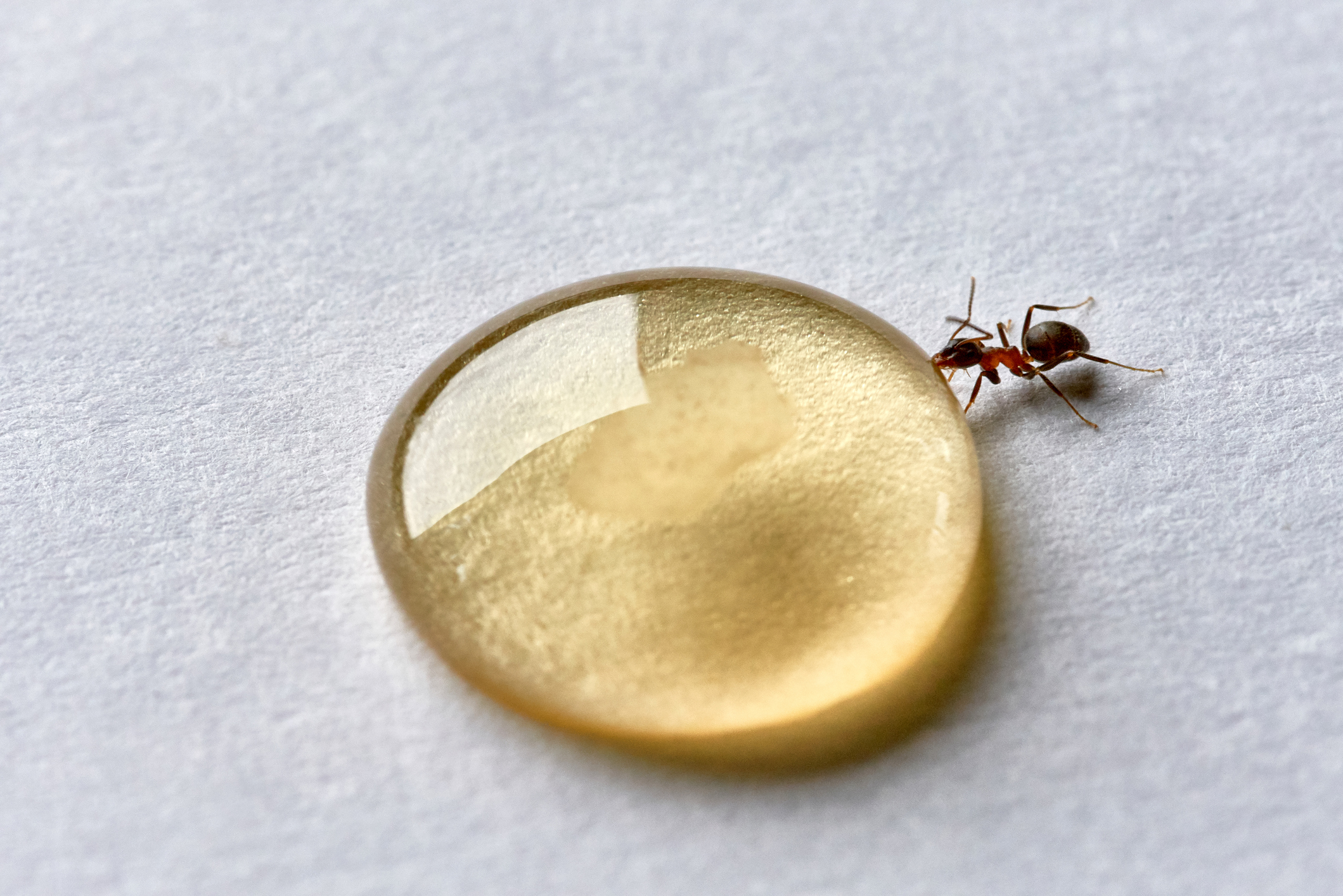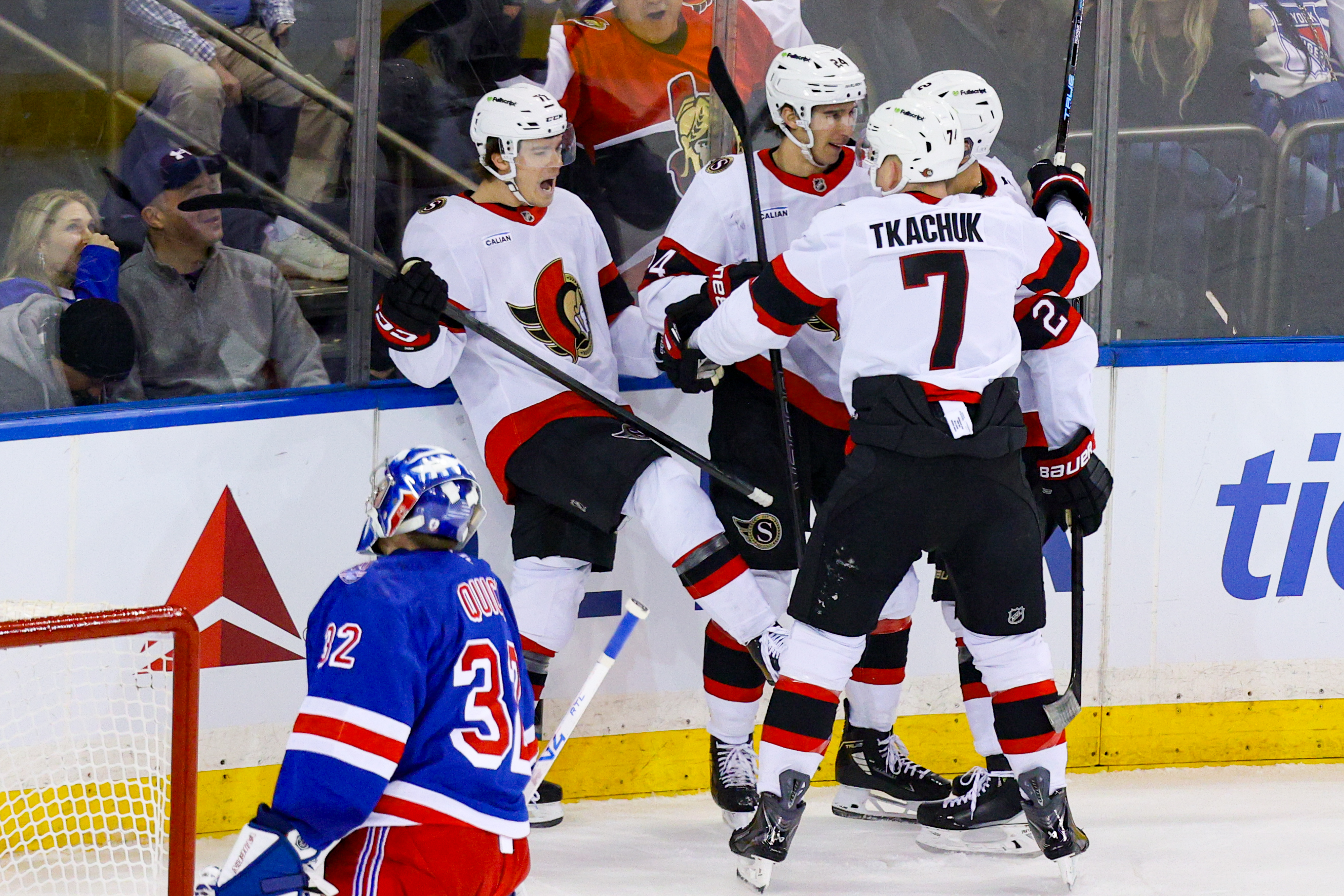Over a decades-long career, the children's author Laura Numeroff has thoroughly explained the situational outcomes of giving a mouse a cookie, a moose a muffin, a pig a pancake. But questions still remain regarding how other kinds of animals might respond upon the bestowal of a gift of food or drink. What quagmires could arise if you give an axolotl an açai bowl? What hijinks might ensue if you give a javelina a jalapeño? What chaos might crop up if you give an ant a cup of coffee?
This last question, fortunately, has been answered a group of scientists at the University of Regensburg in Germany. When the researchers offered Argentine ants a caffeinated treat, the ants appeared to learn more quickly and navigate more efficiently, according to a new paper in the journal iScience.
You might be thinking, why give an ant caffeine? This is a reasonable question. But giving assorted animals caffeine, a cheap, naturally occurring stimulant, is actually a time-honored tradition in science. Some of the most popular recipients are bees, who consume caffeine of their own volition in the wild. Honeybees pollinate many plants whose nectar contains low doses of caffeine, such as coffee and citrus plants. In one experiment, researchers found these naturally occurring caffeine levels even appear to drug the bees. Caffeinated bees were more likely to return to their feeder and perform their waggle dance, which is usually a sign of a damn fine cup of nectar. Another experiment suggested caffeine boosts bees' long-term memory, ensuring the bee was more likely to return to pollinate same plant.
But ants, you may be saying, are not bees. This, too, is reasonable. Argentine ants, which can aggressively displace native ants and disrupt local food webs, are much less beloved than bees. The species has become established on six continents because their colonies can have multiple reproductive queens and are simply too good at collaborating—a trait that would be laudable if they were better at sharing space. But alas they are not, and the severe threat they pose to biodiversity and crops has made their management a conservation priority.
To anyone who has ever lived in a home or had a picnic, "managing" ants might seem a daunting task. It is. Many control strategies tempt the ants with poisoned bait, but this strategy is far from foolproof for the wily ants, which will abandon tasty but harmful food sources, as one study recently found. Once leafcutter ants learn they are collecting leaves treated with fungicide that harm their symbiotic fungus, they associate its scent with harm and will stop collecting the poisoned leaves. We would be fools to underestimate ants!
But what might happen, these researchers wondered, if we were to lace the poisoned bait with caffeine? In a series of experiments, they tested 142 ants' ability to navigate a foraging arena consisting of a sheet of paper, which they could only access after walking down a Lego drawbridge. Somewhere on the paper, the researchers had placed a sugary droplet spiked with either 0, 25 ppm, 250 ppm, or 2,000 ppm of caffeine. “The lowest dose we used is what you find in natural plants, the intermediate dose is similar to what you would find in some energy drinks, and the highest amount is set to be the LD50 of bees—where half the bees fed this dose die—so it’s likely to be quite toxic for them," Henrique Galante, a computational biologist and an author on the paper, said in a statement.
Each ant ran the course four times, and in between trials the researchers removed the sheet of paper so the ants would not be able to follow their own pheromone trails back to the reward. The caffeine-less ants did not appear to have memorized the location of the sugary reward, as they did not find it more quickly on their later runs. But the ants that received 25 ppm of caffeine (the equivalent to naturally occurring doses in plants) spent 28 percent less time foraging, and ants that received 250 ppm of caffeine (Monster for ants) spent 38 percent less time foraging. It wasn't that the ants were walking any faster toward the reward, hyped up on java, but rather that they were more efficient navigators.
What about the ants that received a potentially bee-killing shot of 2,000 ppm of caffeine? This might not have been the most crucial question for the researchers, but it was for me. An ant is smaller than a bee, so you might think 2,000 ppm caffeine would obliterate all the puny insects. The researchers found the ants did not find their reward as efficiently on 2,000 ppm of caffeine, which does not seem entirely unsurprising. But what was surprising to me is the fact that the ants were not felled by a caffeine intake that would have laid low half of their buzzier bee comrades. Which brings me to my thesis statement.
I do not know the exact conversion rate of 2,000 ppm of caffeine for an ant to a human. I do know, however, is that we humans have a drink that feels like a vibe-match: the Panera death lemonade, named so because it is the subject of two wrongful death lawsuits. The drink, officially known as the Panera Charged Lemonade, comes in three flavors—strawberry lemon mint, mango yuzu citrus, and blood orange—and contains up to 302 mg of caffeine. (By comparison, a cup of coffee has 95 mg.) Panera announced it will discontinue the drink in the wake of the people it has allegedly killed, which is probably for the best.
Can you imagine what an Argentine ant, a creature impervious to 2,000 ppm of caffeine, might be capable of after sipping a droplet of the forbidden lemonade? Perhaps the super-caffeinated ants found their sugary rewards more slowly because their brains were engorged with the caffeinated secrets of the world. What monuments might a supercolony of Argentine ants ceremonially doused in a Blood Orange Charged Splash build from scratch? What rare diseases might a raft of Argentine ants in a wading pool of Mango Yuzu Citrus Charged Lemonade cure and eradicate? What heart-stopping works of literature could a heap of Argentine ants sipping from a champagne tower of Strawberry Lemon Mint Charged Lemonade adapt for television with the support of Amazon Prime? If you give an ant a Panera Charged Lemonade, could it enact universal healthcare? I certainly don't know the answer, but Laura Numeroff might.






